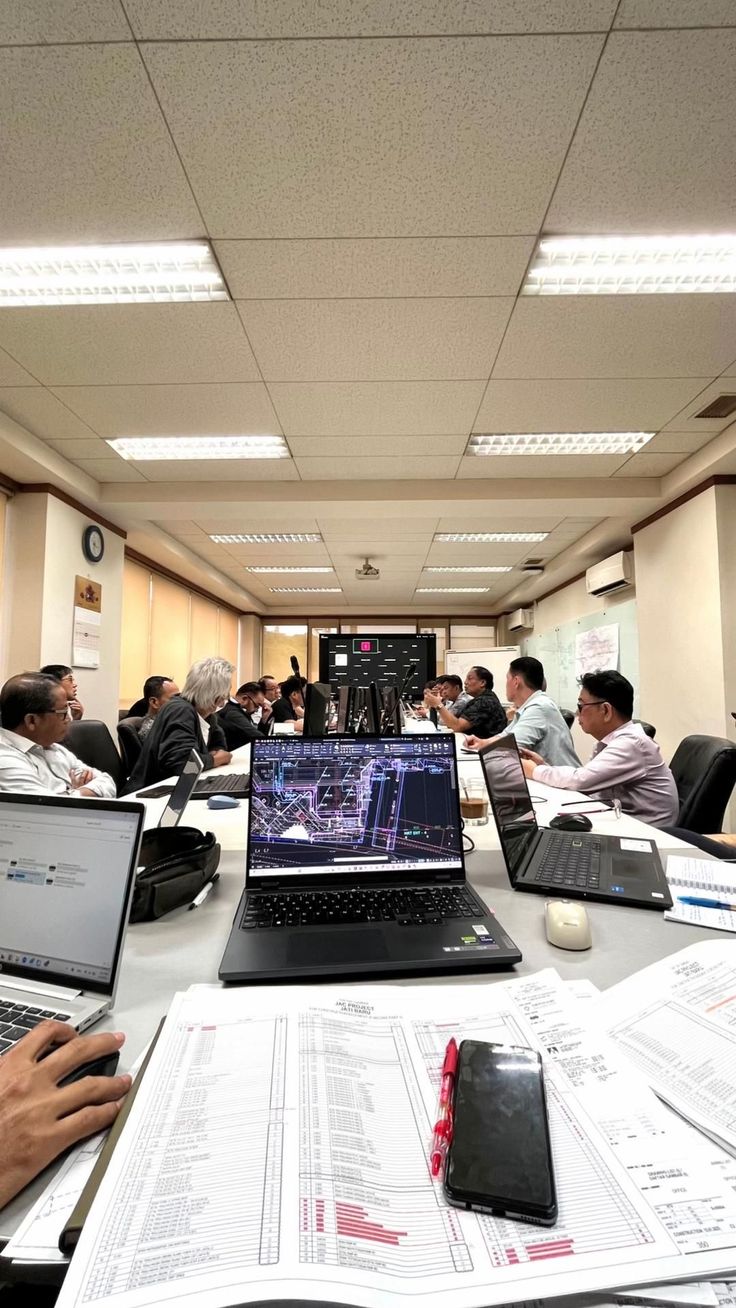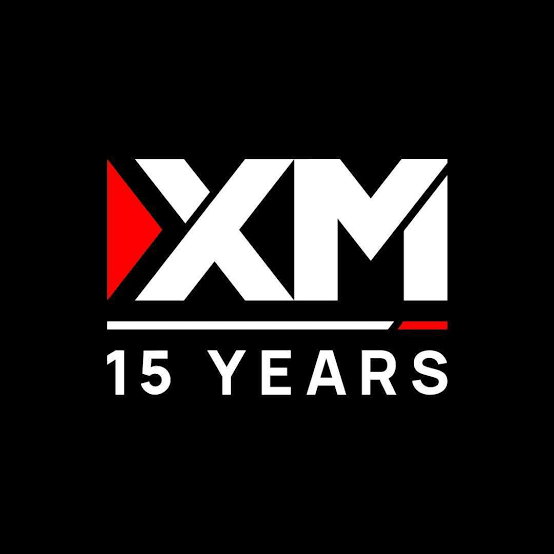Crypto Day Trading – Complete Educational Framework
Crypto markets trade nearly 24/7 with shifting liquidity. Evaluate all‑in costs and typical slippage during your active hours, and understand funding/financing rules for leveraged products. Educational only; practice in sim or demo first.
Recommended brokers
Table of Contents
What is Crypto Day Trading?
Crypto day trading involves buying and selling cryptocurrency assets within the same trading day. Unlike long-term investing, day traders aim to profit from short-term price movements, closing all positions before the market closes to avoid overnight risk.
The 24/7 nature of cryptocurrency markets presents unique opportunities and challenges for day traders. While traditional markets have specific trading hours, crypto markets never sleep, meaning price movements can happen at any time.
Successful crypto day trading requires a solid understanding of market dynamics, technical analysis, risk management, and emotional discipline. This guide will walk you through all these aspects to help you build a foundation for your trading journey.

Crypto Market Basics
Understanding the fundamental characteristics of cryptocurrency markets is essential for any day trader. These markets differ significantly from traditional financial markets in several key ways.
Market Hours and Liquidity
Cryptocurrency markets operate 24 hours a day, 7 days a week, 365 days a year. This continuous operation means there's always an opportunity to trade, but it also means you need to be strategic about when you trade.
Liquidity varies throughout the day based on global market activity. The highest trading volumes typically occur when multiple major financial markets are open simultaneously, such as during the overlap of Asian, European, and American trading sessions.
Volatility Patterns
Cryptocurrencies are known for their high volatility, which presents both opportunities and risks for day traders. Understanding volatility patterns can help you time your trades more effectively.
Volatility tends to increase during major news events, regulatory announcements, and when traditional markets are closed. Many traders also observe increased volatility during specific times of day when multiple markets are active.
Market Participants
The crypto market consists of various participants, including retail traders, institutional investors, market makers, miners, and developers. Understanding who is driving price movements can provide valuable insights.
Institutional involvement in crypto markets has increased significantly in recent years, bringing more liquidity but also changing market dynamics that day traders need to understand.
Choosing a Broker
Selecting the right broker is one of the most important decisions for a crypto day trader. Different brokers offer varying fee structures, trading platforms, and asset availability. Below is a detailed comparison of recommended brokers for educational purposes.
| Broker | Minimum Deposit | Spreads | Leverage | Platforms | Regulation |
|---|---|---|---|---|---|
| Deriv | $5 | Variable, from 0.0 pips | Up to 1:1000 | Deriv MT5, Deriv X, Deriv Trader | MFSA, VFSC, LFSA |
| HFM | $0 | From 0.0 pips | Up to 1:2000 | MT4, MT5, HFM Platform | FCA, CySEC, DFSA, FSCA |
| Exness | $1 | From 0.0 pips | Unlimited | MT4, MT5, Exness Terminal | FCA, CySEC, FSCA, CBCS |
| XM | $5 | From 0.0 pips | Up to 1:1000 | MT4, MT5, XM WebTrader | ASIC, CySEC, FSC, DFSA |
| AvaTrade | $100 | Variable, from 0.9 pips | Up to 1:400 | MT4, MT5, AvaTradeGO | Central Bank of Ireland, ASIC, FSCA |
Important Note: Always verify broker information directly from their official websites as terms and conditions may change. This comparison is for educational purposes only.
Essential Trading Platforms
The trading platform you use can significantly impact your trading experience and performance. Most brokers offer multiple platform options, each with its own strengths and weaknesses.
MetaTrader 4 and 5
MetaTrader 4 (MT4) and MetaTrader 5 (MT5) are among the most popular trading platforms in the world. They offer advanced charting tools, technical indicators, and automated trading capabilities through Expert Advisors (EAs).
While MT4 was originally designed for forex trading, it has been adapted for cryptocurrency trading by many brokers. MT5 offers more advanced features and is better suited for trading multiple asset classes, including cryptocurrencies.
Broker-Specific Platforms
Many brokers now offer their own proprietary trading platforms with user-friendly interfaces and specialized features for cryptocurrency trading. These platforms often include social trading features, copy trading, and simplified order execution.
When choosing a platform, consider factors such as ease of use, available tools, mobile functionality, and compatibility with your trading strategy. Most brokers offer demo accounts where you can test their platforms before committing real funds.
Popular Trading Strategies
Successful day trading requires a well-defined strategy. Here are some of the most common approaches used by crypto day traders:
Scalping
Scalping involves making numerous small trades throughout the day to capture small price movements. Scalpers typically hold positions for seconds to minutes and focus on high-liquidity cryptocurrencies.
This strategy requires quick execution, low trading costs, and intense focus. It's best suited for traders who can dedicate full attention to the markets during trading sessions.
Momentum Trading
Momentum traders identify assets that are moving significantly in one direction and attempt to ride the momentum for profit. They use technical indicators like RSI, MACD, and volume to confirm momentum.
This strategy works well in trending markets but can be challenging during periods of low volatility or choppy price action.
Range Trading
Range traders identify support and resistance levels and trade the bounces between these levels. This strategy works well in sideways or consolidating markets.
Key tools for range trading include horizontal support and resistance lines, pivot points, and oscillators like Stochastic that work well in ranging markets.
Breakout Trading
Breakout traders look for assets that are breaking through key support or resistance levels. The theory is that once a level is broken, the price will continue in that direction.
This strategy requires careful risk management as breakouts can sometimes be false signals. Volume confirmation is crucial for validating breakouts.
Technical Analysis
Technical analysis is the study of historical price and volume data to forecast future price movements. Day traders rely heavily on technical analysis to make trading decisions.

Chart Types
The three main chart types used in technical analysis are:
- Line Charts: Simple charts that connect closing prices over time. Good for identifying overall trends.
- Bar Charts: Display the open, high, low, and close for each period. Provide more information than line charts.
- Candlestick Charts: Similar to bar charts but visually more appealing. The body of the candle shows the range between open and close, while wicks show the high and low.
Key Technical Indicators
Technical indicators are mathematical calculations based on price and/or volume. Here are some of the most widely used indicators:
Moving Averages
Moving averages smooth out price data to identify trends. The two main types are:
- Simple Moving Average (SMA)
- Exponential Moving Average (EMA)
Relative Strength Index (RSI)
RSI measures the speed and change of price movements. It oscillates between 0 and 100 and is typically used to identify overbought (above 70) and oversold (below 30) conditions.
Moving Average Convergence Divergence (MACD)
MACD is a trend-following momentum indicator that shows the relationship between two moving averages. It consists of the MACD line, signal line, and histogram.
Bollinger Bands
Bollinger Bands consist of a middle band (SMA) and two outer bands that are standard deviations away from the middle band. They expand and contract based on market volatility.
Risk Management
Proper risk management is arguably the most important aspect of successful day trading. Without it, even the best trading strategy can lead to significant losses.
Position Sizing
Position sizing refers to determining how much capital to risk on each trade. A common rule is to risk no more than 1-2% of your trading capital on any single trade.
To calculate position size, you need to know your entry price, stop-loss price, and the percentage of capital you're willing to risk. Many trading platforms have position size calculators to help with this.
Stop-Loss Orders
A stop-loss order is a pre-set order to exit a trade at a specific price to limit losses. There are several types of stop-loss orders:
- Fixed Stop-Loss: Placed at a specific price level
- Trailing Stop-Loss: Moves with the price to lock in profits
- Volatility Stop: Based on market volatility indicators like ATR
Risk-Reward Ratio
The risk-reward ratio compares the potential profit of a trade to its potential loss. Most successful traders aim for a risk-reward ratio of at least 1:2, meaning the potential profit is at least twice the potential loss.
A positive risk-reward ratio means that you can be profitable even if you win less than 50% of your trades, as long as your winning trades are larger than your losing trades.
Trading Psychology
Trading psychology refers to the emotions and mental state that influence trading decisions. Mastering your emotions is crucial for consistent trading performance.
Common Psychological Pitfalls
Many traders struggle with these common psychological challenges:
Fear of Missing Out (FOMO)
Entering trades late because you're afraid of missing a move, often leading to buying at the top or selling at the bottom.
Revenge Trading
Trying to immediately recover losses by taking impulsive trades without proper analysis.
Confirmation Bias
Seeking information that confirms your existing beliefs while ignoring contradictory evidence.
Overconfidence
Taking excessive risks after a series of winning trades, often leading to significant losses.
Developing a Trader's Mindset
Successful traders cultivate specific mental habits:
- Discipline: Sticking to your trading plan regardless of emotions
- Patience: Waiting for high-probability setups instead of forcing trades
- Objectivity: Making decisions based on facts rather than emotions
- Resilience: Bouncing back from losses without letting them affect future decisions
- Continuous Learning: Always seeking to improve your knowledge and skills
Volatility, Liquidity, Execution
Journal intended vs filled prices across sessions to quantify slippage. Test order types (limit, stop‑limit, OCO) on demo and plan for gaps around events or thin liquidity windows.
Understanding the relationship between volatility, liquidity, and execution quality is essential for day traders. High volatility can create trading opportunities but also increases execution risk, especially during periods of low liquidity.
Additional Resources
Continuing education is vital for long-term trading success. Here are some recommended resources for further learning:
Books
- "Trading in the Zone" by Mark Douglas
- "The Disciplined Trader" by Mark Douglas
- "Technical Analysis of the Financial Markets" by John J. Murphy
- "Market Wizards" by Jack D. Schwager
Online Resources
- Babypips.com (free forex and crypto education)
- Investopedia.com (financial education)
- TradingView.com (charts and community)
- Daytrading.com (trading strategies and broker reviews)
Important Disclaimer
Trading cryptocurrencies involves substantial risk of loss and is not suitable for all investors. You should carefully consider whether trading is appropriate for you in light of your experience, financial situation, and risk tolerance.
The information provided in this guide is for educational purposes only and should not be construed as investment advice. Past performance is not indicative of future results. Always practice with a demo account before trading with real money.




